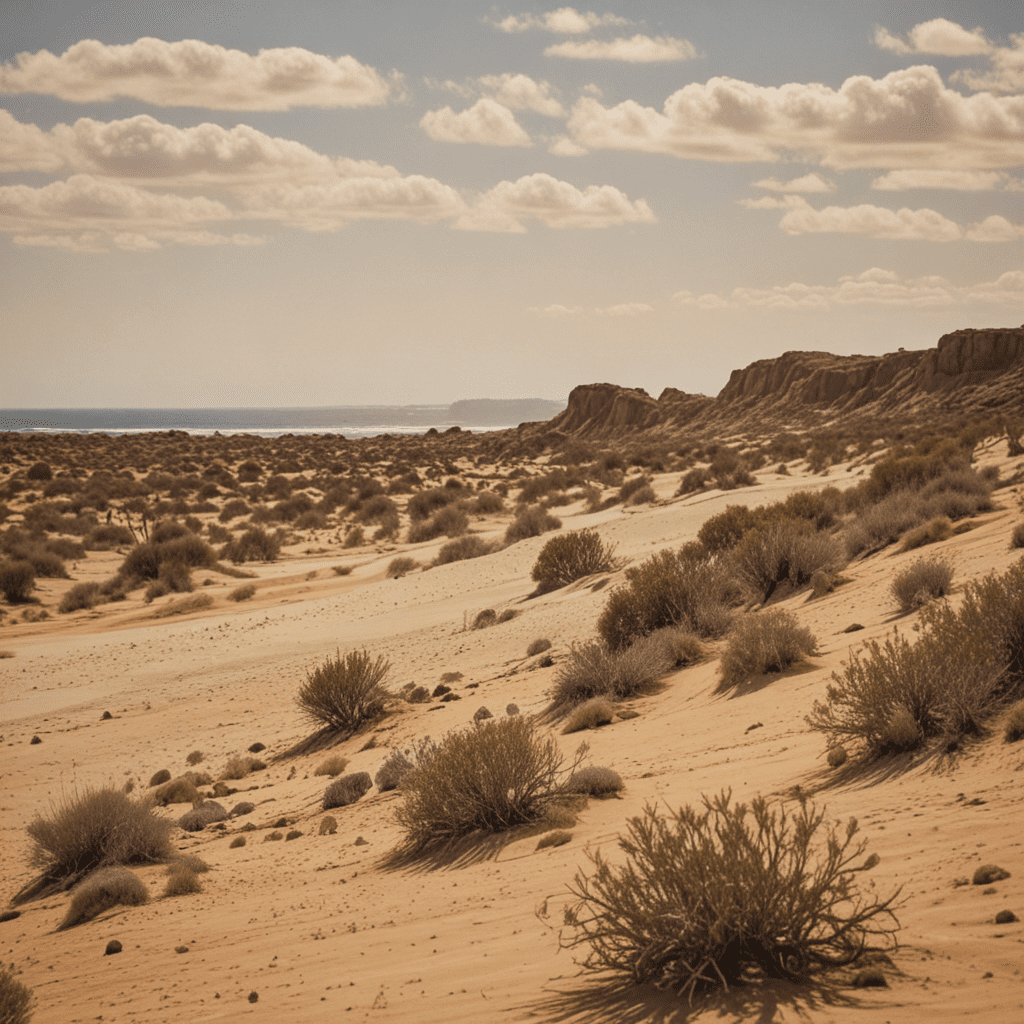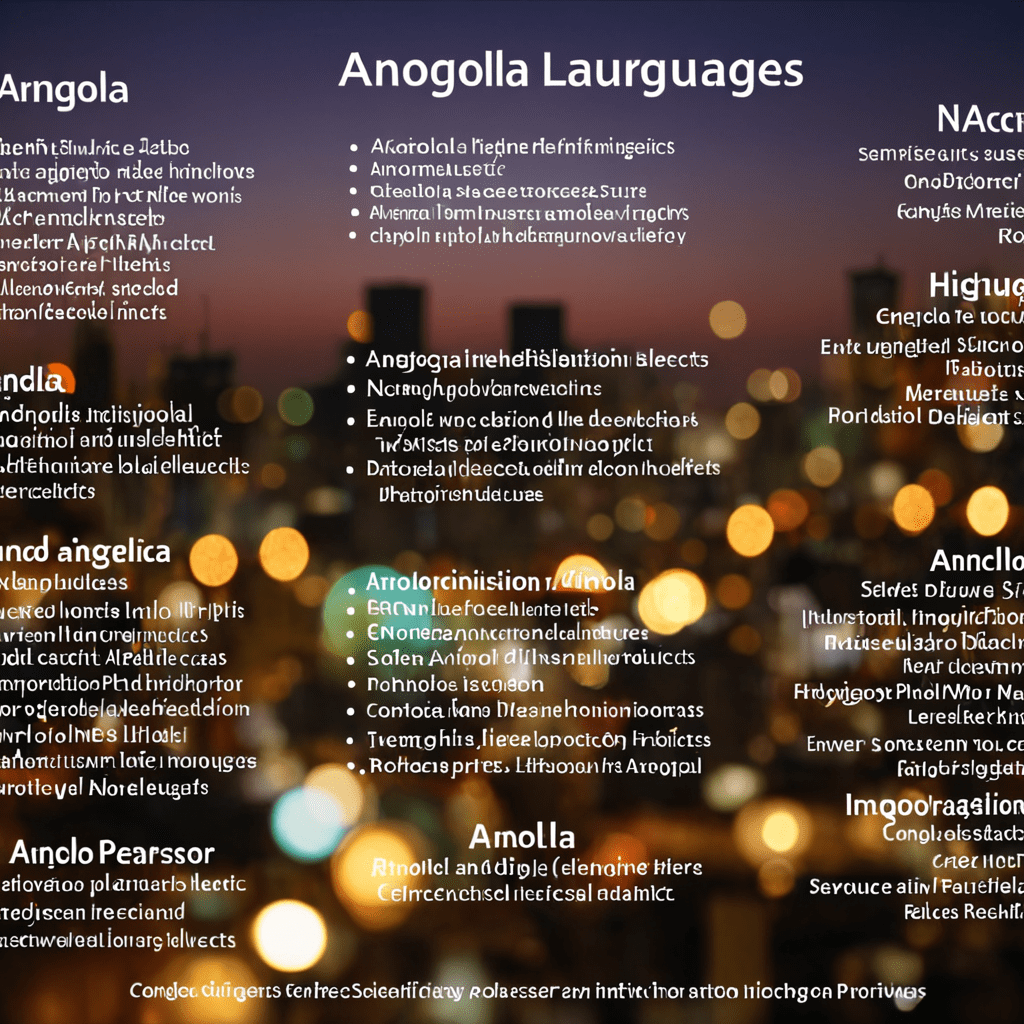
From Desert to Sea: The Diverse Landscapes of Australia
I. The Red Centre: Home to Uluru and Kata Tjuta
The Red Centre of Australia, located in the heart of the Northern Territory, is a land of ancient rock formations and vibrant desert landscapes. Its most iconic landmarks are Uluru, also known as Ayers Rock, and Kata Tjuta, the Olgas. Uluru is a massive sandstone monolith that rises 348 meters (1,142 feet) above the surrounding desert. It is sacred to the Anangu people, who believe it to be the home of ancestral spirits. Kata Tjuta is a group of 36 domes that are also sacred to the Anangu people. The Red Centre is also home to a variety of other natural attractions, including Kings Canyon, the MacDonnell Ranges, and the Simpson Desert.
II. The Great Barrier Reef: A World Heritage Site
The Great Barrier Reef is the largest coral reef system in the world, stretching over 2,300 kilometers (1,400 miles) along the coast of Queensland. It is home to an incredible diversity of marine life, including over 1,500 species of fish, 400 species of coral, and 4,000 species of mollusks. The Great Barrier Reef is a UNESCO World Heritage Site and is considered one of the most important natural wonders of the world.
III. The Snowy Mountains: Australia's Ski Wonderland
The Snowy Mountains are located in the southeastern corner of Australia, on the border of New South Wales and Victoria. They are the highest mountains in mainland Australia, with Mount Kosciuszko being the highest peak at 2,228 meters (7,310 feet). The Snowy Mountains are a popular destination for skiing and snowboarding during the winter months. They are also home to a variety of other natural attractions, including rainforests, waterfalls, and alpine lakes.
IV. Kakadu National Park: A UNESCO World Heritage Site
Kakadu National Park is located in the Northern Territory, about 170 kilometers (105 miles) east of Darwin. It is one of the largest national parks in Australia, covering an area of over 19,800 square kilometers (7,600 square miles). Kakadu National Park is home to a diverse range of landscapes, including savannas, wetlands, and rainforests. It is also home to a rich Aboriginal culture, with evidence of human occupation dating back over 40,000 years. Kakadu National Park is a UNESCO World Heritage Site and is considered one of the most important cultural and natural sites in Australia.
V. The Kimberley Coast: Rugged Cliffs and Waterfalls
The Kimberley Coast is located in the northern part of Western Australia. It is a region of rugged cliffs, waterfalls, and pristine beaches. The Kimberley Coast is home to a variety of marine life, including whales, dolphins, and sharks. It is also home to a number of Aboriginal communities, who have lived in the region for thousands of years.
VI. The Great Victoria Desert: The Largest Desert in Australia
The Great Victoria Desert is located in the central and western parts of Australia. It is the largest desert in Australia, covering an area of over 700,000 square kilometers (270,000 square miles). The Great Victoria Desert is a harsh and inhospitable environment, with little vegetation and extreme temperatures. It is home to a few small Aboriginal communities, who have adapted to the harsh conditions.
VII. The Blue Mountains: A National Park near Sydney
The Blue Mountains are located about 80 kilometers (50 miles) west of Sydney. They are a popular destination for tourists, who come to enjoy the stunning scenery and the many hiking trails. The Blue Mountains are home to a variety of natural attractions, including waterfalls, cliffs, and rainforests. They are also home to a number of Aboriginal communities, who have lived in the region for thousands of years.
VIII. The Grampians National Park: Sandstone Peaks and Aboriginal Art
The Grampians National Park is located in the western part of Victoria. It is home to a range of sandstone peaks, waterfalls, and forests. The Grampians National Park is also home to a number of Aboriginal rock art sites, which are some of the most significant in Australia. The park is a popular destination for hikers, climbers, and nature lovers.
IX. The Eyre Peninsula: Home to Marine Life and Seafood
The Eyre Peninsula is located in the southern part of South Australia. It is a region of rugged coastline, pristine beaches, and abundant marine life. The Eyre Peninsula is a popular destination for fishing, swimming, and surfing. It is also home to a number of seafood restaurants, which serve up some of the freshest seafood in Australia.
X. Tasmania: A Temperate Island with Rich Wildlife
Tasmania is an island state located south of mainland Australia. It is a temperate island, with a mild climate and lush vegetation. Tasmania is home to a variety of unique wildlife, including the Tasmanian devil, the platypus, and the wombat. The island is also home to a number of national parks and reserves, which protect its natural beauty and wildlife.
FAQs
What is the most popular tourist destination in Australia?
The Great Barrier Reef is the most popular tourist destination in Australia. It is a UNESCO World Heritage Site and is considered one of the most important natural wonders of the world.
What is the best time to visit Australia?
The best time to visit Australia is during the spring (September-November) or autumn (March-May) months. During these months, the weather is mild and pleasant throughout most of the country.
What is the official language of Australia?
The official language of Australia is English. However, there are over 250 Aboriginal languages spoken in Australia.

